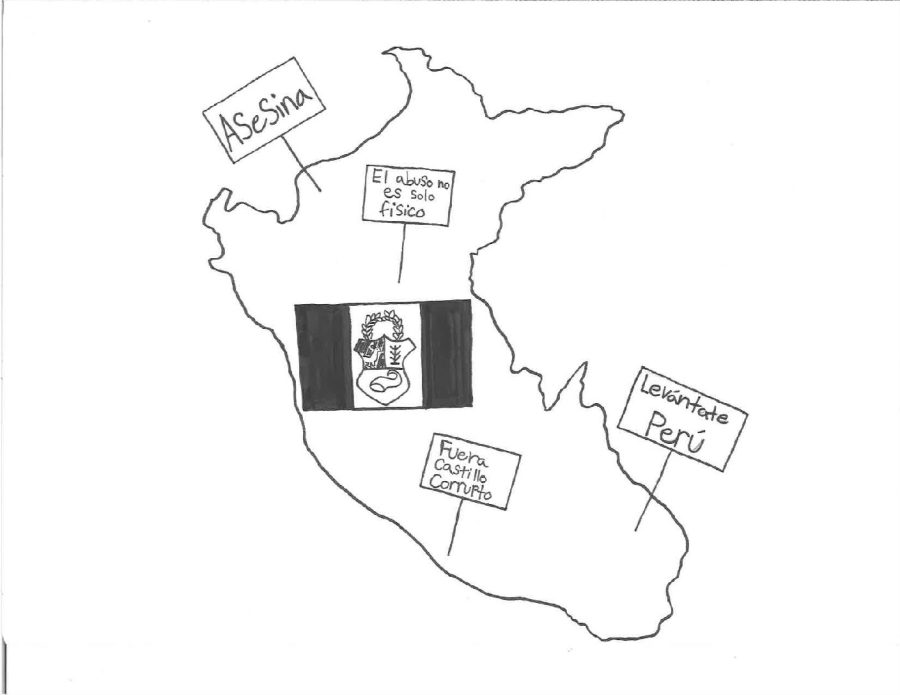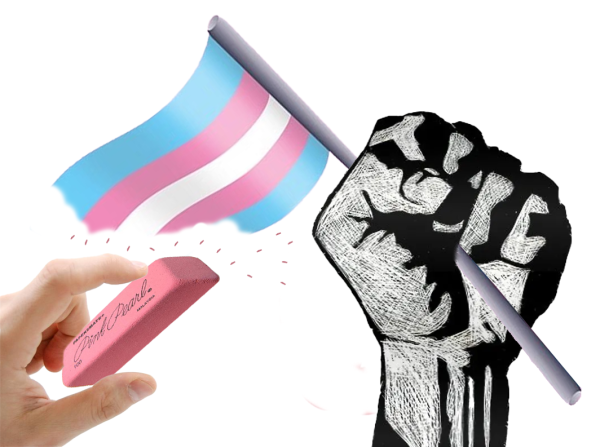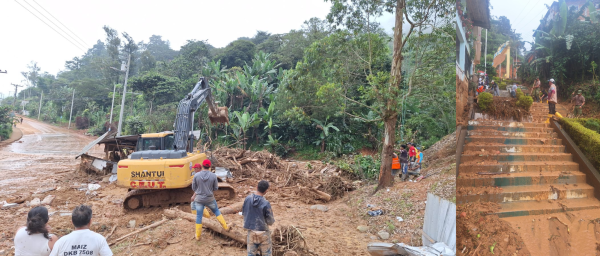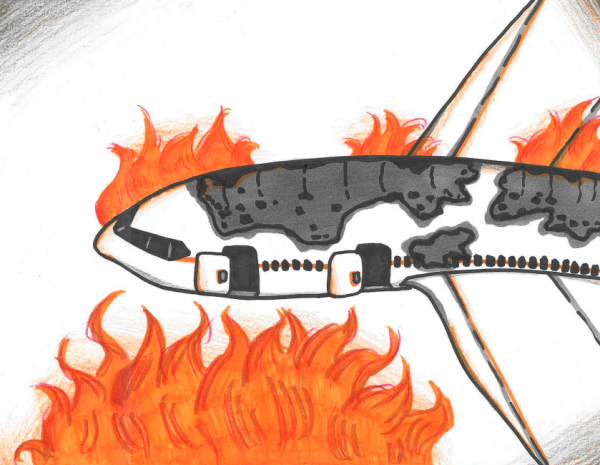Protests in Peru continue on, demanding change
Many might not know, but Peru has had their fair share of protests and activists rebelling against governmental rule over the years, but none of them have been as brutal and bloody as the ones that began late last year.
Now-former Peruvian President Pedro Castillo’s political career kicked off in 2002, after he unsuccessfully ran for mayor of the Anguía district of Cajamarca, a northern mountain city of the South American country. Afterwards, he remained a part of the Perú Posible party, as well as being a primary school teacher. In 2017, he became a prominent voice and led the nationwide teacher’s strike, which fueled the fire to his political inception. Next, he ran for president in 2021 as a part of the Marxist Peruvian party, Perú Libre. In an unexpected result, Castillo went on to win both rounds of the election and defeated Keiki Fujimori, daughter of the infamous Peruvian dictator, Alberto Fujimori (who held power from 1990 to 2000), to win the presidency.
Only eight months into Castillo’s presidency, there were already two impeachment attempts against him. The first was unsuccessful, but the people of Peru were optimistic in knowing that Castillo could be taken down during the second impeachment trials. Their high hopes came crashing down when the Congress of the Republic of Peru couldn’t reach the necessary two-thirds vote to remove Castillo. There needed to be at least 87 votes (out of 130) in favor of removing him. In a close result, 55 voted in favor, 54 against, and 19 abstained.
On the very same day that Pedro Castillo’s impeachment attempt proved unsuccessful, protesters blocked off roads and highways. The Union of Multimodal Transport Guilds of Peru (UGTRANM) announced their demands, which included lowering the price on gas, removing the restrictions on transportation, negotiations for people in the transportation industry who were in crippling debt, plus a list of other demands. Inflation rates in Peru had gone up drastically due to the ongoing war in Ukraine and Russia. Castillo’s cabinet responded by stopping a 30% fuel tax, but protests continued.
Riots officially started on April 1, 2022 in the Junín region and spread throughout many areas of Peru. Protests carried on, and on April 4, there was a general strike throughout Peru by transportation workers. Trains, taxis and bus stoppages were reported all over the country. Peruvian police resorted to tear gas the protesters who were blocking the road after one person had died as a result of the blockade. Chaos spread throughout Peru like wildfire. Gas stations were burned, stores were burgled, and protesters even stormed and looted the Supreme Court. Numerous protestors and citizens called for the resignation of Pedro Castillo and, ultimately, the Congress of the Republic of Peru voted 61-43 in favor of calling for Castillo’s resignation. He still did not resign.
On December 7 of last year, in the midst of his third impeachment hearing, Castillo announced to the Peruvian nation that he would dissolve the Congress of the Republic of Peru. He enforced a curfew that would go into effect right away and announced that he would rule as an edict (along with his own appointed council) until a new chamber was elected. All of this was an attempt at a coup d’etat (or sudden overthrow of the government), similar to the one that Fujimori had committed 23 years prior.
Throughout his presidency, Castillo received hostility and aggression from the Congress of Peru, which isn’t new to the country’s government as there have been years of political turmoil and unrest due to Congress continually opposing the President. Impeachment attempts for a president were just part of the norm in Peru. Castillo’s Congress was made up of a majority of the opposing party, so he was accused of a multitude of different allegations by different congresspersons, ranging from corruption to criminal connections. Ultimately, the Congress of the Republic of Peru attempted to impeach him three times, though they only succeeded once.
A few hours after Castillo’s announcement of dissolving Congress, the former president was detained. The Peruvian Armed Forces responded, saying they “intervened to fulfill their duties” and that Castillo’s decision to dissolve the Congress was an “infringement of the Constitution,” going on to deem his acts as unconstitutional. Many news outlets televised Castillo at a police station whilst reporting that he would be taken to a prison. The Public Ministry of Peru announced on Wednesday evening that he had been arrested for the crime of rebellion and conspiracy. His trial is still underway.
After Castillo’s impeachment, Vice President Dina Boluarte was sworn in as the 55th president of Peru. The Congress of the Republic of Peru was filled with cheers and claps.
“Once again, I call for dialogue, I call on those political leaders to calm down,” Boluarte said in her first speech to the Congress of the Republic of Peru as President. “Have a more honest and objective look at the country; let’s talk.”
Boluarte bashed Castillo in the same address, denouncing everything that he had done, though she ultimately called for a political truce. Boluarte holds the record for being the first female president of Peru as well as being the sixth president of Peru in the last 7 years. Not long after, Castillo supporters took to the streets, shouting anti-Boluarte slogans and demanding for her resignation.
“The people did not elect her as president, the people elected Pedro Castillo,” one protester said.
“We want Dina Boluarte to leave,” protester and farmer Samuel Acero said. “She lied to us.”
However, Boluarte remains firm. She has gone on to state many times that she will not resign. She has been pushing for an early election, moving elections from April 2024 up to 2023, but Congress has voted against it twice.
Dina Boluarte is the sixth person to lead Peru in the last seven years. That’s about a year or so for each president despite the fact that a presidential term in Peru is supposed to last for about five years. Only time will tell whether her presidency will be a success, but this definitely opens a door for a new Peru — one that goes at least a couple years without impeachment hearings or further cataclysmic political unrest.

Jalue is a junior at Columbia Heights High School. This is his second year on staff and is currently the Sports Editor. He really enjoys watching...







